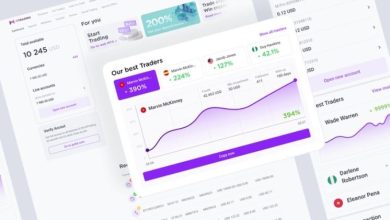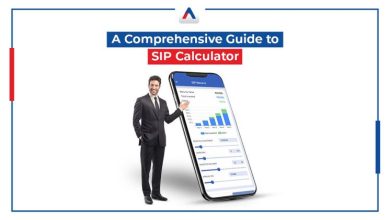Unveiling the VAT Veil: Why Dubai’s Rates Seem High, But Aren’t What They Appear

Dubai, the glittery emirate in the United Arab Emirates, is synonymous with luxury, towering skyscrapers, and a cosmopolitan lifestyle. But beyond the glamour, a question often arises: why does Dubai charge a seemingly high Value Added Tax (VAT)?
At 5%, Dubai’s VAT service rate might appear significant compared to some, particularly those accustomed to European rates exceeding 20%. However, peeling back the layers reveals a nuanced picture. Here’s why Dubai’s VAT deserves a closer look:
Building a Diversified Economy:
Historically, Dubai relied heavily on oil revenues. But with a finite supply and fluctuating prices, diversifying the economy became crucial. Introducing VAT in 2017 was a strategic move to generate non-oil income, reduce dependence on volatile resources, and foster sustainable growth.
Compared to other major contributors to Dubai’s GDP like tourism and real estate, oil generates less value per dollar. A low VAT rate wouldn’t yield enough non-oil revenue to drive diversification effectively. While 5% might seem high, it helps fund crucial sectors like healthcare, education, and infrastructure, ultimately benefiting residents and visitors alike.
A Shift in Tax Burden:
Prior to VAT, Dubai relied heavily on corporate income taxes and import duties. These placed a disproportionate burden on businesses and consumers, often hindering economic activity. VAT, while seemingly broader, is actually a consumption tax, shifting the onus to spending rather than income or imports. This encourages responsible spending and promotes economic efficiency.
Furthermore, essential goods and services like basic food, medicines, and public transport are exempt from VAT, protecting low-income earners and ensuring basic needs remain affordable.
A Regional Comparison:
While Dubai’s VAT rate might seem high in isolation, it’s important to consider the regional context. Neighboring Saudi Arabia and Oman also introduced VAT in recent years, with rates at 15% and 5% respectively. Compared to these neighbors, Dubai’s rate remains competitive, attracting businesses and investments.
Additionally, Dubai offers several VAT refund schemes for tourists and businesses, further mitigating the apparent burden. Tourists can claim refunds on purchases exceeding AED 250, while businesses can claim input tax credits.
Transparency and Efficiency:
Unlike hidden import duties or complex corporate tax structures, VAT is a transparent and straightforward tax system. It simplifies record-keeping for businesses and ensures fair competition across different sectors. Moreover, the efficient collection and allocation of VAT revenue enables the government to invest in public services and infrastructure, directly benefiting citizens.
Evolving Landscape:
Dubai’s VAT system is still young and undergoing improvements. The government regularly reviews and adjusts the system, considering potential exemptions and simplifying procedures. This commitment to continuous improvement ensures a fair and efficient tax system in the long run.
In conclusion, while Dubai’s VAT rate might seem high at first glance, it’s a strategic tool for economic diversification, shifting the tax burden, and promoting regional competitiveness. Its transparency, coupled with exemptions and refund schemes, mitigates the impact on essential goods and services. As the system evolves, Dubai is striving to create a balanced and efficient VAT framework that supports sustainable growth and benefits all stakeholders.
Remember, understanding the context and purpose behind any tax system is crucial for fair evaluation. Dubai’s VAT, while seemingly high, is a carefully crafted tool driving the emirate’s diversification and progress.



